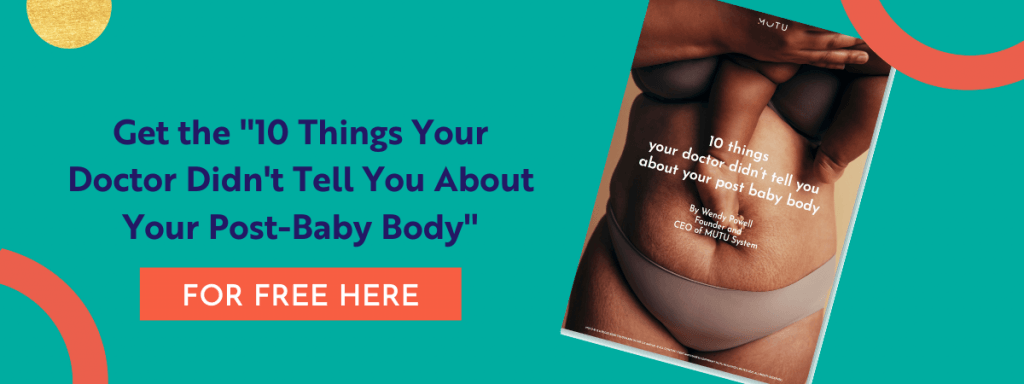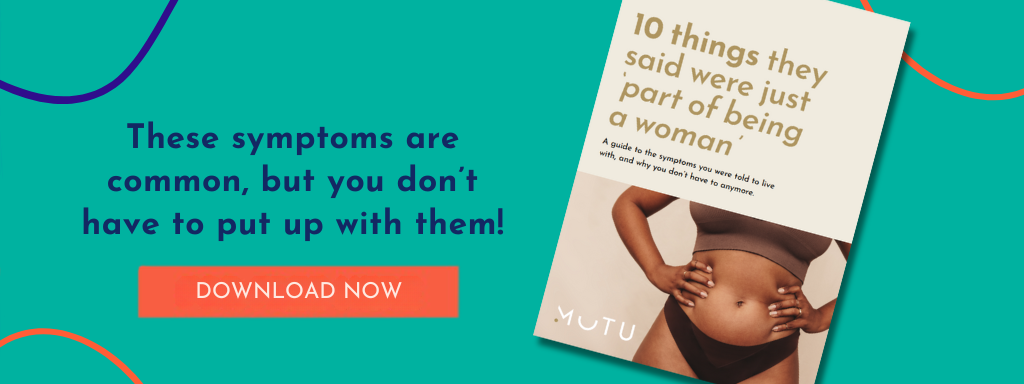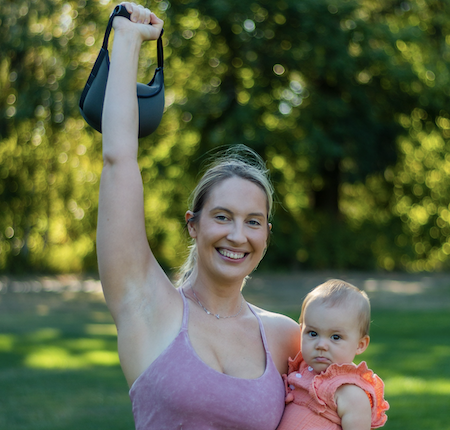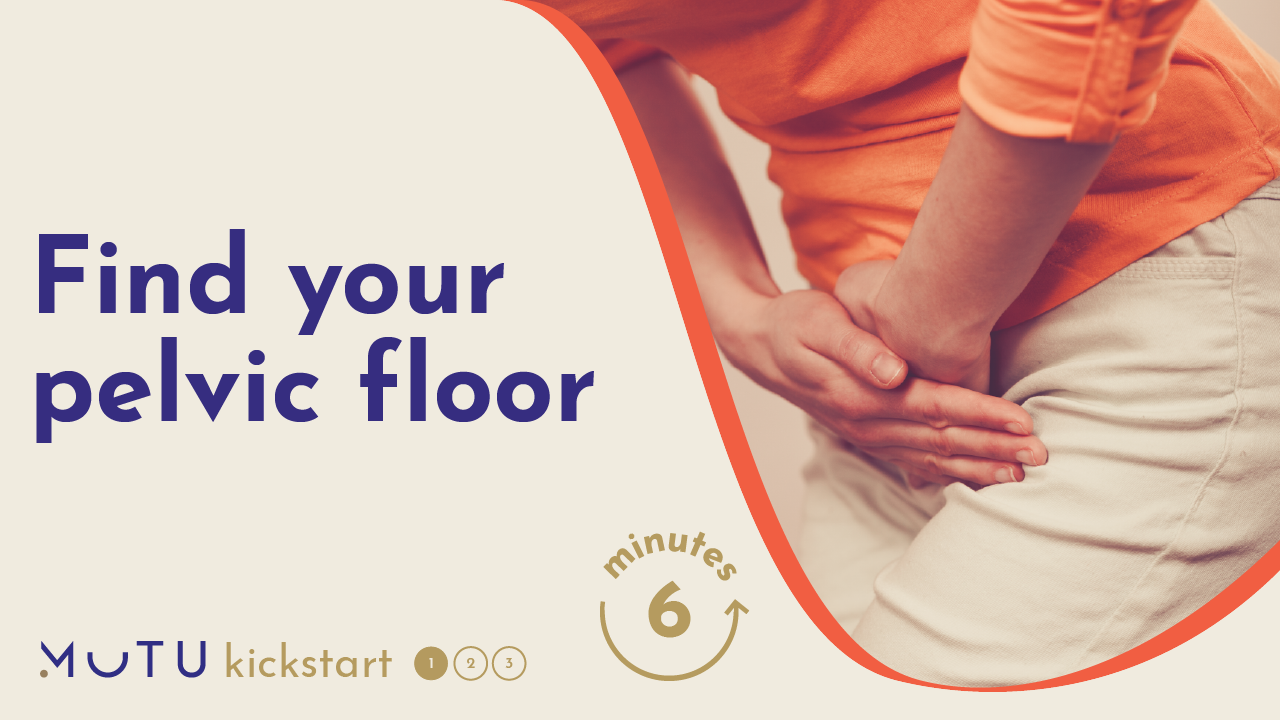If you have diastasis recti, you may have been told to avoid abdominal crunches, and possibly also prone (face down) weight bearing exercises such as planks. Why is this, and are planks unsuitable as a postpartum exercise especially with a diastasis?
Planks as postpartum exercise
To clarify, this is not the same thing as saying, there’s no benefit to a plank, or that planks are ‘bad exercises’. A plank can be a very effective ab exercise and no exercise move is ‘wrong’. Rather it may inappropriate in some cases or at some stages of postpartum recovery.
A plank is a load-bearing, isometric exercise that requires a functional and strong core muscular system to be effective or beneficial. It is rarely recommended by most Women’s Health Physiotherapists for postpartum women, until her core is restored and functional again.

But won’t a plank make my core stronger?
The core’s function is to withstand and bear load or pressure, and to facilitate movement. If you are seeing a pooched or domed stomach typical of a diastasis, or you have lower back pain during normal standing activity, then your core is not currently able to bear relatively low load or pressure.
Holding your full body weight in a prone position like a plank is a much higher load. It puts much greater pressure on yoour core muscles, so some foundational work needs to come first.. So we just back up, build foundations and progress gradually to get to where we want to be.
Planks or other high intensity, high load, high-pressure movements, cannot strengthen a non-functioning muscle group. Our muscles need to function effectively before they can strengthen. We just need to build the foundations first. That’s what MUTU System does.

How will I know when I’m ready to do planks postpartum?
Avoiding some higher load, higher intensity moves as you recover postpartum, *doesn’t mean you can never do them*. In MUTU we guide you to read the signals, so you can observe and feel how your body responds to the demands placed on it. Then you can doing adapt and progress from there.
Back up, build your core and pelvic floor function and find your new normal or functional.
Find your baseline
That means if you want to work back to a plank, the first stage or baseline is attain effective core connection and engagement on all fours / hand and knees.
The next stage would be to scoot your knees back just a little, to increase the load demand on your core.
Either rest on your forearms with arms bent, or keep shoulders over hands with straight arms. Then just scoot your knees back so you make more of a slope with your back than a flat square. Every half an inch you scoot back, you’re increasing the pressure, working harder.
Where is the point you can hold your core stable and strong, without shaking, feeling like you’re falling out out at the front, or any pelvic floor pressure? That’s your new starting point.
Actually, this post isn’t really about planks. It applies to any exercise – prone, supine, standing… isometric or dynamic, any plane, any position! Find what IS okay.
Find your new baseline weight, distance, speed, terrain, duration, whatever the measure of what you’re trying to get back to or achieve. The point at which nothing hurts, bulges, feels shaky or unstable. Keep doing your daily MUTU Core and gradually layer upon layer, progress to the full move or exercise.
So much more empowering than just being told ‘Don’t do planks!’
See more on ‘When Are You Ready To Crossfit or Plank?’ here.
Further technical resources:
Here’s a great resource on the complexity of factors likely to be relevant to the postpartum core from Diane Lee’s on Core Strengthening vs Training. And here’s a great article here from Julie Wiebe PT on planks.













Can you please remove my surname from my comment before you publish it?
I started doing planks about 2 years postpartum, with a 2-finger DR and a mummy tummy that wouldn’t go away with other exercises, in particular Pilate’s (and I’m skinny with no fat on my abdomen). After few weeks I got an impressive 6-pack, while my DR has remained the same. When I wanted to go for another baby, I wasn’t sure if planks would be OK during pregnancy, so I did some research and came across Mutu, which I have now started while taking a break from other exercises. What are you thoughts?